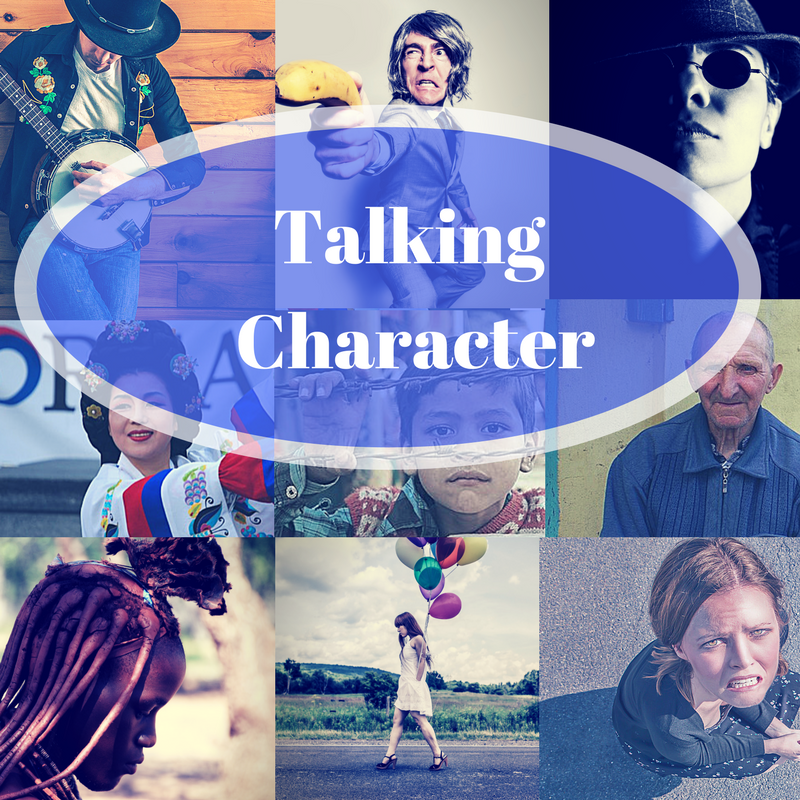
Slow Your Roll
Labor Day weekend, I finally decided to go see the action movie Top Gun: Maverick. It seemed like a…
October 4, 2022
Labor Day weekend, I finally decided to go see the action movie Top Gun: Maverick. It seemed like a…
October 4, 2022
What hole is in his heart? What hole is in her heart? This is where your romance story begins.…
June 23, 2021
The basis of every good story is conflict. As writing teacher extraordinaire James Scott Bell often says, “Happy people…
February 23, 2021
What can authors learn from the world of psychotherapy? According to the Microsoft Bing definition, a psychotherapist “treats mental…
January 17, 2021
The difference between filing your carefully edited pages on your computer and readers reading those pages, is marketing. Books…
December 18, 2020
Why do we love a good series? Because we love the characters and the kinds of situations they get…
March 20, 2018
Plot and character. Two halves of any great story. Both are critical, whether you are telling a character-driven literary…
January 20, 2018
In any good story, the protagonist can only achieve her external story goal by first overcoming a deep inner…
April 19, 2017